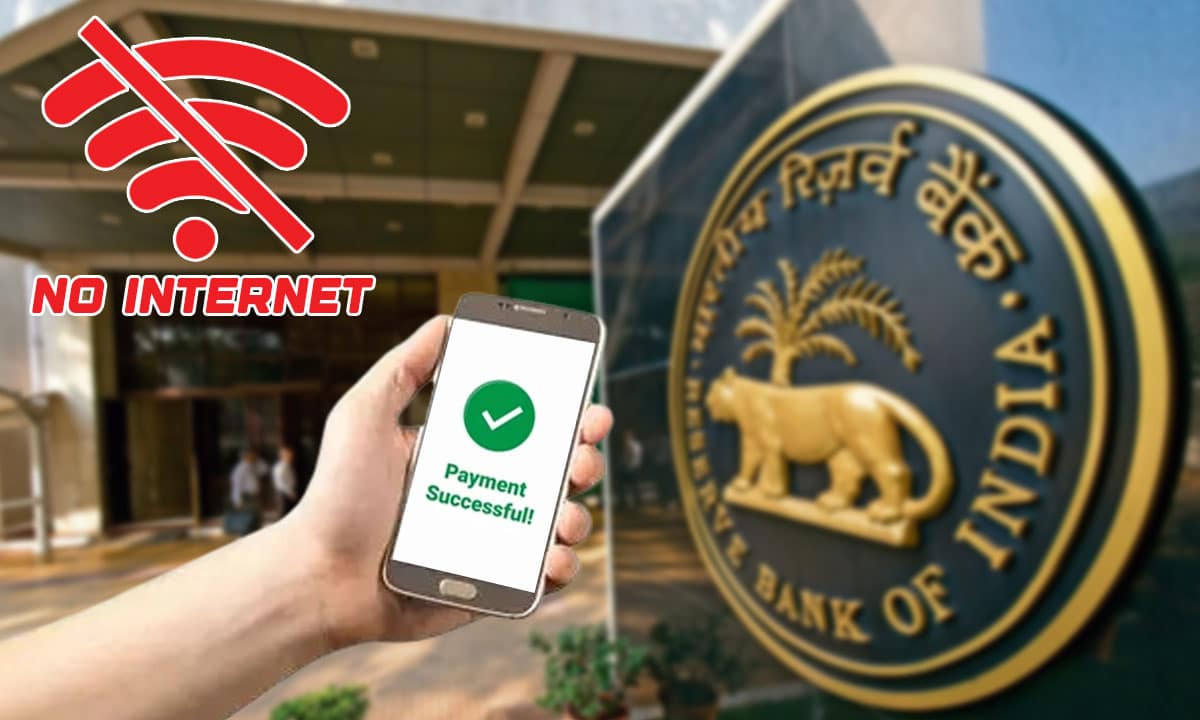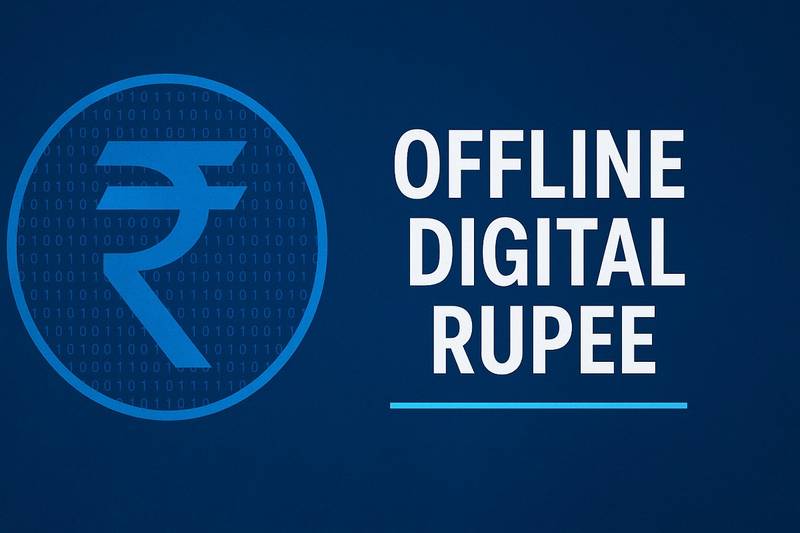In a landmark move set to redefine India’s digital economy, the Reserve Bank of India (RBI) has officially launched the Offline Digital Rupee (e₹) — a breakthrough initiative that enables secure, real-time digital transactions even without internet or mobile connectivity.
Unveiled at the Global Fintech Fest 2025, the new version of the Digital Rupee marks a critical step in India’s mission to build an inclusive, cashless, and technologically advanced financial ecosystem. With this rollout, India joins a select group of nations — including Japan and Singapore — that have successfully implemented offline Central Bank Digital Currency (CBDC) systems.
Digital Payments, Now Beyond the Internet
While UPI and other online payment systems revolutionized how Indians transact, they still rely heavily on internet access and linked bank accounts.
The Offline Digital Rupee, however, removes that dependency.
This means citizens in rural and remote areas, where network connectivity remains unreliable, can now send and receive money instantly — wallet to wallet — without the internet.
By enabling this innovation, the RBI aims to empower millions of unbanked and underbanked citizens, ensuring that digital inclusion reaches the last mile.
Technology Behind the InnovationThe e₹ leverages two groundbreaking technologies to make offline digital payments a reality:
1. Near Field Communication (NFC):
Allows two NFC-enabled devices to transfer funds securely with just a tap — similar to contactless cards but backed by the RBI.
2. Telecom-Assisted Payment Channels:
Facilitate transactions even under low or no network conditions, ensuring payment continuity across diverse geographies.
These innovations ensure that digital transactions become as simple, seamless, and secure as using cash.
Wallets from 15 Participating Banks
The RBI has partnered with 15 leading banks, including SBI, HDFC Bank, ICICI Bank, Axis Bank, and Kotak Mahindra, to distribute and manage the e₹ through their official apps.
●No minimum balance required
●Daily limit: ₹50,000 or up to 20 transactions
●Maximum wallet balance: ₹1 lakh
●Secure recovery in case of device loss or theft
This wide network ensures that onboarding remains effortless, boosting widespread public adoption.

Programmable Money: The Future of Finance
Perhaps the most revolutionary feature of the e₹ is its programmability.
It allows funds to be:
◆Geo-fenced: usable only within a specified location
◆Time-bound: automatically expiring after a certain duration
◆Purpose-linked: restricted to specific uses (e.g., fertilizer subsidy or scholarship)
This opens doors for transparent welfare schemes, corporate disbursements, and targeted government benefits — ensuring that money is used exactly as intended.
“A New Phase in Digital Public Infrastructure” — RBI Governor
RBI Governor Sanjay Malhotra called the Offline Digital Rupee a “transformative leap” in India’s financial journey.
“The Offline Digital Rupee strengthens India’s Digital Public Infrastructure by offering citizens a secure, reliable, and inclusive payment alternative,” he said.
“This initiative reflects India’s vision to make digital money accessible to every citizen — regardless of connectivity or geography.”
Driving Financial Inclusion and Resilience
Economists and fintech experts have hailed the initiative as a financial inclusion milestone.
By enabling offline functionality, the RBI is ensuring that India’s digital revolution does not leave anyone behind.
It also enhances payment resilience, offering a backup during internet outages or network disruptions — a crucial factor during emergencies and natural disasters.
The Bottom Line
The Offline Digital Rupee (e₹) isn’t just a new payment method — it’s a symbol of India’s next-gen digital sovereignty.
By combining technology, accessibility, and trust, the RBI has positioned India as a global leader in CBDC innovation.
In simple terms —
The e₹ is not just a currency. It’s a digital bridge connecting every Indian, from metro cities to remote villages, to the future of money.


